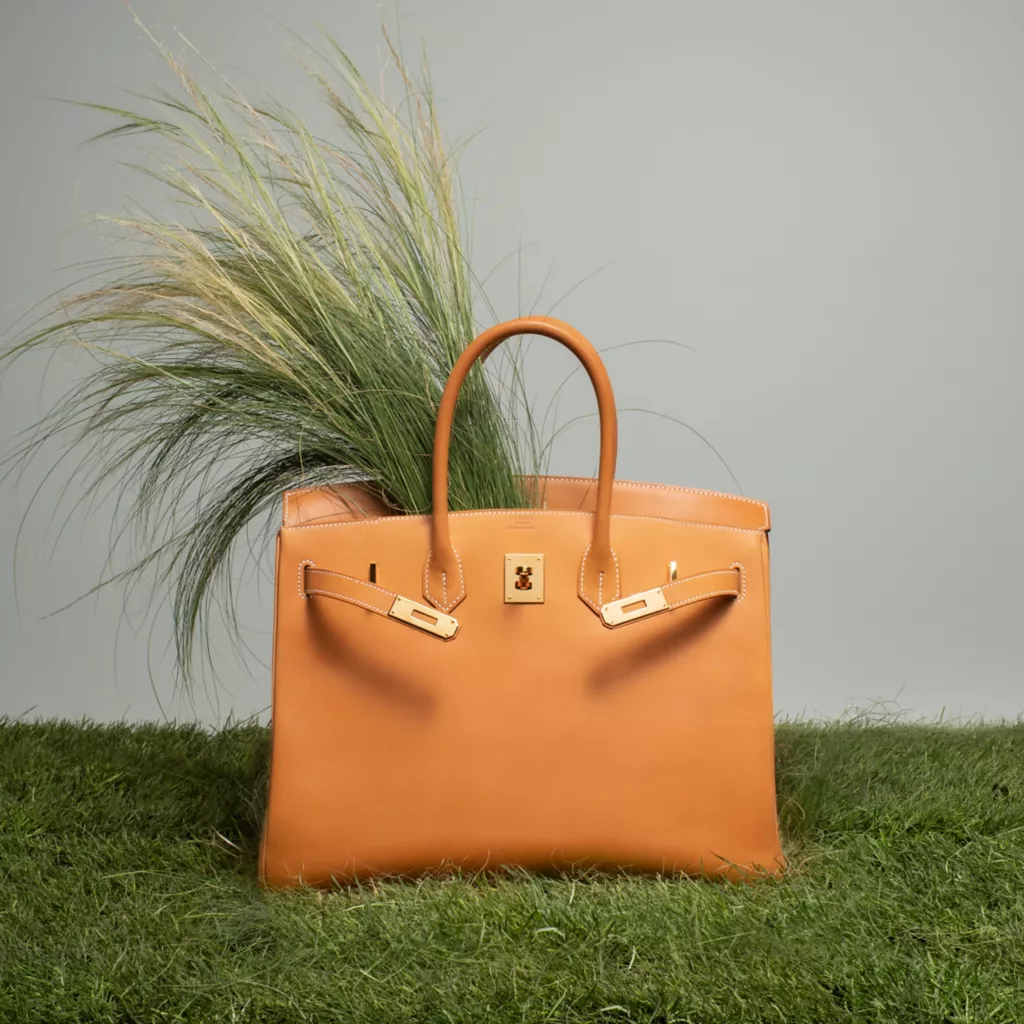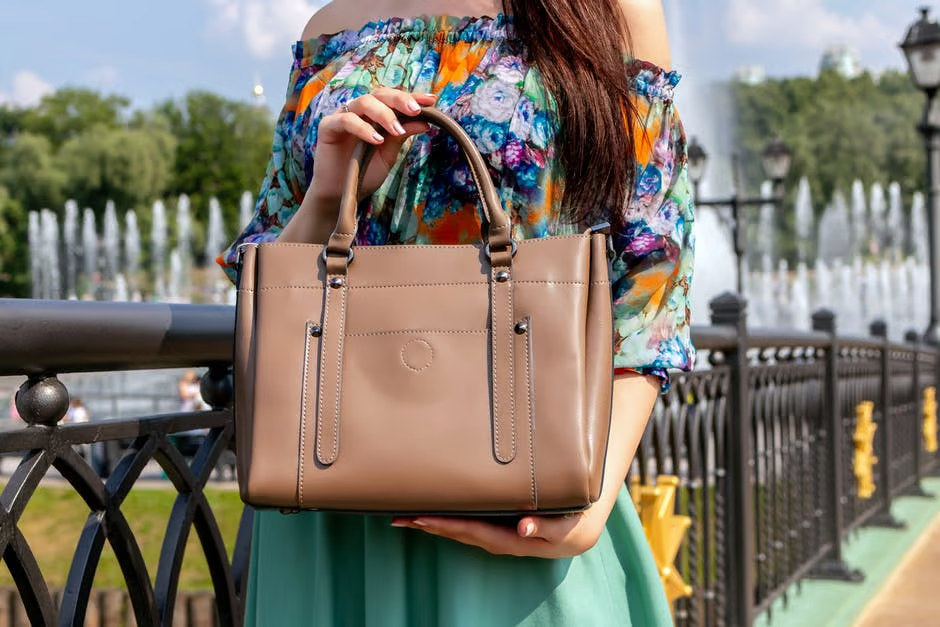French luxury group Hermès International consolidated revenue amounts to €15.2 billion in 2024, up by 15% at constant exchange rates and by 13% at current exchange rates compared to 2023.

Hermès International Posts €15.2 Billion Consolidated Revenue For 2024
In the fourth quarter ending 31 December 2024, sales reached €4 billion, increasing by 18% at constant exchange rates and current exchange rates. All the geographical areas confirmed solid growth, with a strong performance of the Americas in particular.
Against a volatile financial backdrop where the personal luxury market declined 2% in 2024 and only few luxury brands achieved growth last year, Hermès rising 15% at constant exchange rates year-over-year to €15.2 billion can be attributed to its emphasis on creativity, authenticity, artistry and luxury craft.
“In 2024, in a more uncertain economic and geopolitical context, the solid performance of the results attests to the strength of the Hermès model and the agility of the house’s teams, whom I thank warmly,” said Axel Dumas, Executive Chairman of Hermès. “While preserving the group’s major balances and its responsibility as an employer, the house is staying the course, attached more than ever to its fundamental values of quality, creativity and savoir-faire.”
At the end of December 2024, all métiers except Watches posted solid growth, supported by the house’s value strategy. Leather Goods and Saddlery (+18%) achieved a remarkable performance, thanks to the increase in production capacities and particularly strong demand. The Ready-to-wear and Accessories sector (+15%) continued its solid momentum. The spring-summer 2025 collections, unveiled at the Palais d’Iéna in June and at the Garde Républicaine in September respectively, were very well received.
The Silk and Textiles sector (+4%) benefited from the diversity of creations, materials and formats while the Perfume and Beauty (+9%) achieved steady growth.The Watches business line (-4%), penalised by a high comparison basis, continues its development, displaying singular creativity and remarkable watchmaking. The Other Hermès sector (+17%) which includes Jewellery and the Home universe, recorded strong growth.
“The overall trend of demand and desirability are there and seem to be very similar to previous years,” Axel Dumas told Fortune.
5 Lesser-known facts about Hermès

Luxury brand Hermès began in 1837 as a harness and saddle workshop specifically for European nobility.
- Started as a Horse Harness Workshop
Hermès began in 1837 as a harness and saddle workshop specifically for European nobility. Thierry Hermès, the founder, created high-quality harnesses and bridles, establishing the brand’s commitment to quality and craftsmanship long before it became synonymous with luxury handbags and accessories.
- The Orange Box
Hermès’ iconic orange boxes weren’t originally part of the brand’s identity. During World War II, due to material shortages, Hermès switched from cream-coloured boxes with a gold trim to orange ones as they were available. The orange colour has since become a signature symbol of the brand, representing Hermès’ ability to adapt while maintaining a distinctive aesthetic.
- A Single Craftsman Per Bag
Each Hermès bag is handcrafted by a single artisan from start to finish. This tradition ensures a high level of quality and continuity in each product and is a significant factor in the limited production and exclusivity of items like the Birkin and Kelly bags.
- Early Adoption of the Zipper
Hermès was among the first to introduce the zipper to France, integrating it into leather goods and clothing. In the 1920s, Émile-Maurice Hermès acquired exclusive French rights to the zipper, which was used in their bags and leather jackets, making them one of the pioneers in blending utility with luxury design.
- Secretive and Exclusive Scarf Production
Hermès’ famous silk scarves are meticulously crafted. Each scarf can take up to two years to produce, from the initial design phase to the final product. The brand employs highly skilled artisans to hand-draw and screen-print each scarf, with some designs using over thirty colours. Hermès releases limited-edition scarves each year, making them collectibles and often available only to select customers.
Hermès Kelly and Birkin

The Birkin, Hermès’ cult bag, was launched in 1984.
Hermès was founded in 1837 by Thierry Hermès in Paris as a harness and saddle workshop. Originally catering to European noblemen, Hermès specialised in high-quality equestrian gear, establishing a reputation for its craftsmanship. As the brand grew, it expanded into leather bags, accessories, ready to wear, beauty and fragrance, keeping its artisanal values at the core of its production.
The Hermès Sac à Dépêches bag, created in 1935, became one of the brand’s most iconic items after being popularised by actress Grace Kelly. Following her marriage to Prince Rainier of Monaco, Kelly famously used the bag to shield her pregnancy from photographers, and it soon became known as the “Kelly Bag.” Renamed in her honour in 1977, the Kelly Bag became a symbol of elegance and exclusivity, bolstering Hermès’ image as a luxury leader.
The Birkin, Hermès’ cult bag, was launched in 1984. Per Hermès’ website: “British actress Jane Birkin, sitting next to Jean-Louis Dumas, Executive Chairman of Hermès, was complaining that she couldn’t find a bag suitable for her needs as a young mother… he immediately sketched a supple and spacious rectangular holdall with a burnished flap and saddle stitching. With a dedicated space for her baby’s bottles! Today The Birkin is available in a rare heritage leather with unique character…”
A year later, it was gifted to Jane Birkin. Its roomy interior and secure lock made it a stylish hold-all that was ideal for travel and it quickly became a cult. In August 2001- when an episode of Sex and the City showed Samantha saying, “It’s not a bag — it’s a Birkin!”- demand for the luxury bag skyrocketed. Ad, why not? Per Sotheby’s, the Birkin takes artisans around eighteen hours to handcraft and is marked with a code that identifies its year of creation, the workshop it was crafted in, and the artisan who created it. And, it increases in value. Jane Birkin auctioned her original 40-cm Birkin for a reported $162,000 to support earthquake relief efforts in Japan!!
Jasmeen Dugal is Associate Editor at FashionABC, contributing her insights on fashion, technology, and sustainability. She brings with herself more than two decades of editorial experience, working for national newspapers and luxury magazines in India.
Jasmeen Dugal has worked with exchange4media as a senior writer contributing articles on the country’s advertising and marketing movements, and then with Condenast India as Net Editor where she helmed Vogue India’s official website in terms of design, layout and daily content. Besides this, she is also an entrepreneur running her own luxury portal, Explosivefashion, which highlights the latest in luxury fashion and hospitality.








